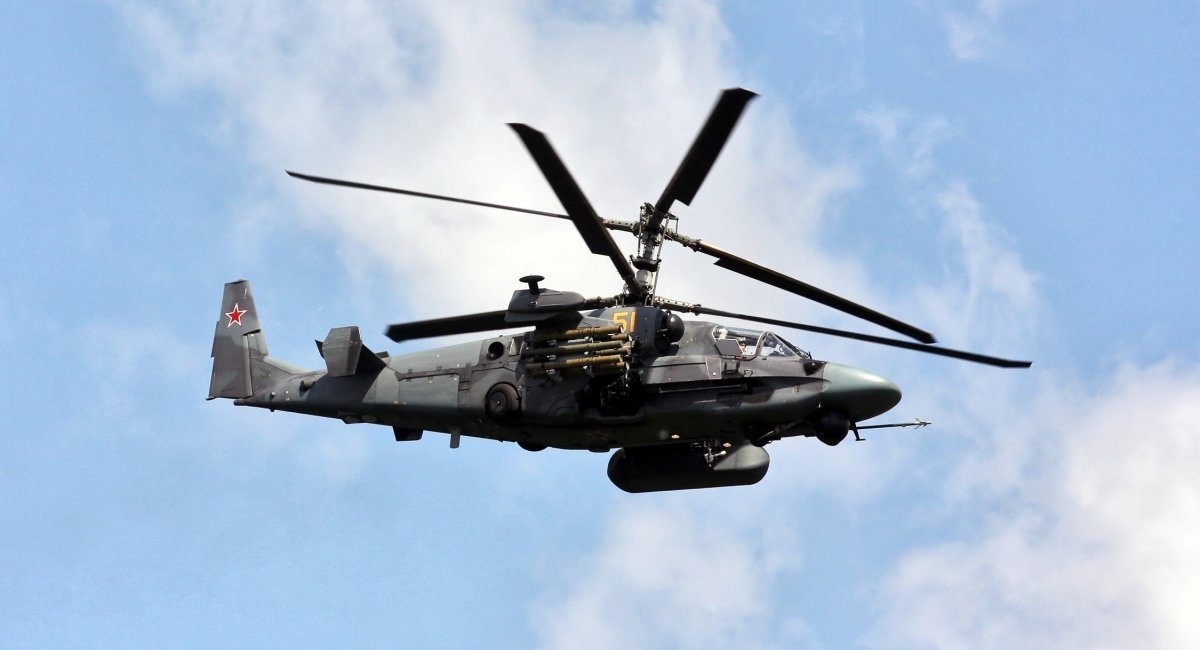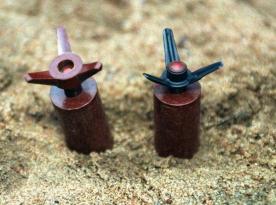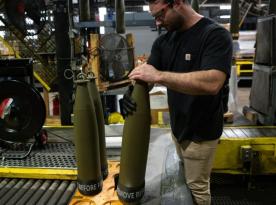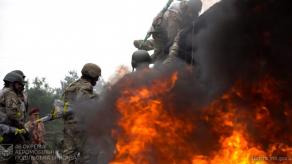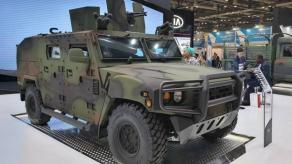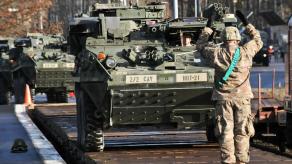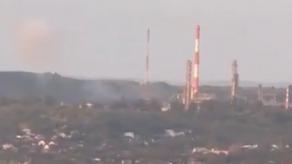The National Guard of Ukraine, an internal military force fighting side-by-side with the armed forces, is actively using the "combined unit" tactics to take down russian helicopters such as Mi-28 and Ka-52 on the Ukrainian frontlines. The "combined" here stands for the combination of a ZU-23-2 anti-aircraft gun and man-portable missiles in a squad.
We earlier provided an extended review of these tactics, but here’s another thing to point out from the recent publication by the Eastern Grouping of the National Guard. As we could see from multiple videos of russian helicopter attacks, the russians often use unguided aerial or NURS rockets, the effectiveness of which is limited to only 2.5 km.
Read more: Czech Excalibur Army to Manufacture Artisan Vehicles With ZPU-2 Guns for the Ukrainian Army
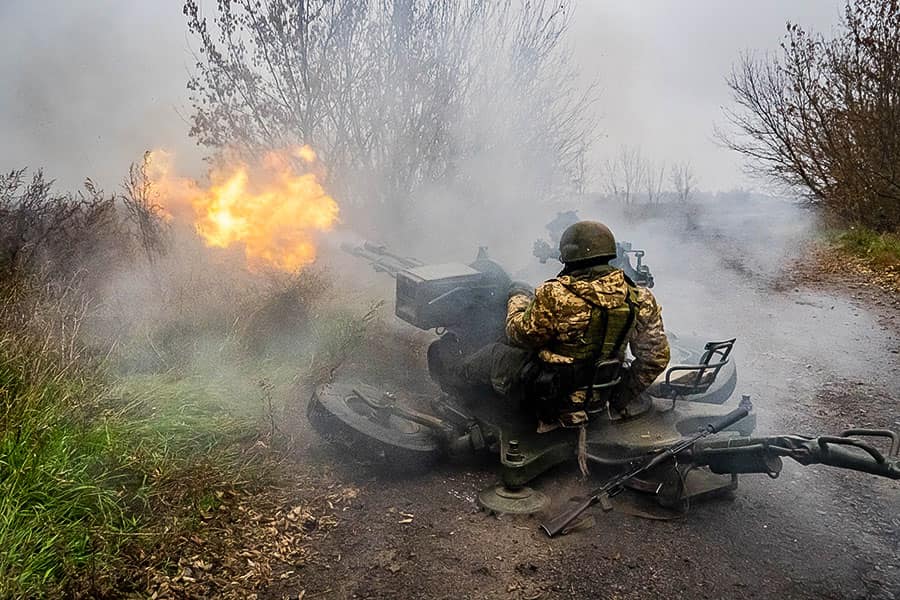
That is why russian helicopters have to approach the target as close as possible to fire on it, while the National Guard units are already there, waiting for them with MANPADS and ZU-23. So russian pilots try to increase the firing range by performing the attack on the climb, when the aircraft’s nose is raised up, as in the following video:
However, even using such methods of attack to increase the distance a rocket can fly regardless of its accuracy, the russian helicopters still get destroyed by the Ukrainian gendarmes:
"Our job is to catch the moment when a russian helicopter starts climbing to fire with NURSs. We shoot from a MANPADS – the missile follows the target – and the helicopter falls down," says a serviceman with call sign Mahoney. In the video below, we can see an example of a russian Mi-28 being hit exactly after such an attack.
Минус русский Ми-28 pic.twitter.com/JAgkDCszOm — ⭐Frog Foot⭐ (@frogfootUA) April 1, 2022
After all, compared to earlier when russian helicopters were not afraid to enter the Ukrainian airspace of the north of Kharkiv region from the russian territory, now they cross the border much less often and are forced to fire from a maximum distance with rockets falling "miles out" the target.
Read more: russia Wastes Aircraft Trying to Sustain Forces near Kherson




